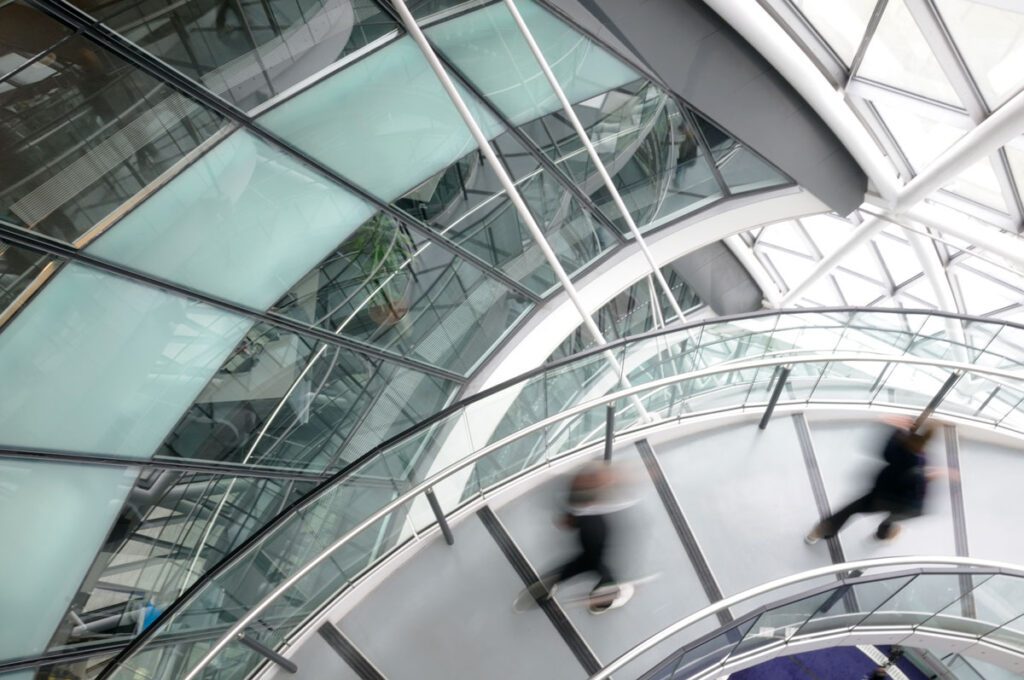Author
Notifying HMRC about an option to tax is a relatively simple process – it is done on form VAT 1614a (only a few pages long and in standard form) and then submitted to HMRC. Often, the circumstances in which an option is made are straightforward. However, the recent case of Rolldeen Estates Ltd (TC8783) has highlighted how seemingly insignificant oversights can have a major impact on a taxpayer’s VAT position.
Rolldeen acquired a property in 2008. Not long after the acquisition, Rolldeen notified HMRC of its intention to opt the property to tax on form VAT 1614a in the usual way. Following this notification, it spent significant sums of money on repairing and modernising the building and let it to tenants. It charged VAT on the rent paid by tenants and reclaimed significant amounts of VAT as input tax incurred on the repair and improvement work. Rolldeen sold the property in March 2015. The sale proceeded on the basis that the supply was exempt (despite the option being in place). HMRC then assessed Rolldeen to VAT arising on the basis that the sale should have been a taxable supply.
Rolldeen argued that since it had made exempt supplies of the property before the option became effective, it would have had to request HMRC’s permission in writing to make a valid option to tax under paragraph 30 of Schedule 10 of VAT Act 1994. Since it had not done so, the option was not effective and the sale was exempt. HMRC was also aware of the previous exempt supplies, in Rolldeen’s view, and therefore should have rejected the notification of the option. (This would also have meant that Rolldeen could not legally have reclaimed input VAT on its building expenditure (or have charged VAT to tenants), but an assessment to disallow that input VAT was by this point out of time.)
HMRC disagreed with this argument, noting first that the VAT 1614a form specifically set out that Rolldeen had not made any exempt supplies of the property (and this was signed by Rolldeen’s director). Further, HMRC was entitled under paragraph 30 of Schedule 10 to disregard the requirement for prior permission to have been sought under paragraph 20 and had confirmed this in writing to Rolldeen after the assessment had been raised.
The judge agreed with HMRC, noting that it was entitled to rely on the VAT 1614a form (and a further letter from Rolldeen regarding exempt supplies) and that ‘it was objectively intended that HMRC would accept that no previous exempt supplies had been made’. Thus, it was reasonable for HMRC to accept the option to tax and so it was effective. In particular, it was noted that VAT is a self-assessed tax and the burden is on taxpayers to ensure they have given HMRC the correct information. Moreover, a finding in favour of the taxpayer here would have represented an undue windfall, since it could not be considered fair that Rolldeen could have reclaimed input VAT on the costs of its repair and improvement work and yet not be liable to VAT on the sale.
The case is a cautionary tale on the importance of establishing what prior use of a building has been made prior to deciding to opt it for tax, as well as checking that the information provided to HMRC is up to date and correct.
If you are seeking advice on the issues raised in this article or on VAT generally then please contact Anthony Reeves or Cathy Bryant.

